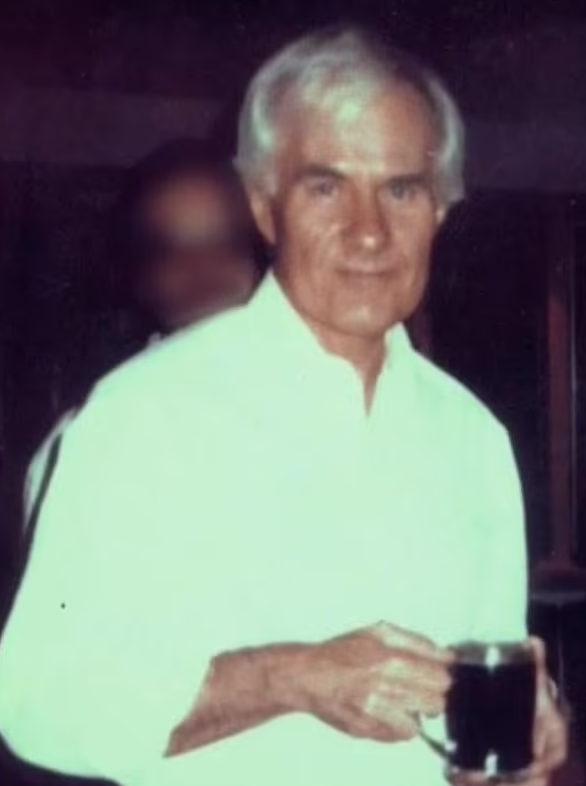Thomas Mulcahy: A Study in Serial Killing
Serial killers have long fascinated the public, with their heinous crimes and complex psychological profiles. One such notorious serial killer is Thomas Mulcahy, whose case provides valuable insights into the mind of a serial killer. This article delves into the life and crimes of Thomas Mulcahy, examining the factors that contributed to his murderous tendencies.
The Early Years
Thomas Mulcahy was born in a small town in England in 1965. His childhood was marked by a series of traumatic events, including physical abuse from his father and witnessing domestic violence between his parents. These experiences likely played a significant role in shaping his violent tendencies later in life.
The First Kill
Mulcahy’s first known murder occurred in 1985 when he was just 20 years old. He targeted vulnerable individuals, often homeless or prostitutes, who were less likely to be missed or investigated by the authorities. This pattern of victim selection is common among serial killers, as they seek to minimize the risk of detection.
The Signature
One of the defining characteristics of Mulcahy’s crimes was his signature. After each murder, he would leave a small trinket or token at the crime scene, often a piece of jewelry or a personal item belonging to the victim. This signature became his calling card and helped investigators link the seemingly unrelated murders to one perpetrator.
The Psychological Profile
Psychologists and criminologists have extensively studied Mulcahy’s case to understand the underlying factors that drove his murderous behavior. Several key elements emerged from these studies:
- Mulcahy exhibited psychopathic traits, including a lack of empathy and remorse.
- He experienced a deep-seated need for power and control, which he derived from exerting dominance over his victims.
- Mulcahy’s childhood trauma likely contributed to his violent tendencies, as it shaped his distorted view of relationships and the world.
The Investigation and Capture
Mulcahy’s killing spree lasted for over a decade, during which he claimed the lives of at least 15 victims. However, his luck ran out in 1997 when a breakthrough in forensic technology allowed investigators to link him to the crimes through DNA evidence. He was subsequently arrested and convicted for his heinous acts.
Lessons Learned
The case of Thomas Mulcahy serves as a stark reminder of the complex interplay between nature and nurture in the development of a serial killer. It highlights the importance of early intervention and support for individuals who have experienced trauma, as well as the need for improved forensic techniques to aid in the capture and conviction of these dangerous individuals.
Thomas Mulcahy’s case provides a chilling glimpse into the mind of a serial killer. His childhood trauma, psychopathic traits, and need for power and control all contributed to his murderous tendencies. The investigation and capture of Mulcahy demonstrate the importance of advancements in forensic technology in solving cold cases. By studying cases like Mulcahy’s, we can gain valuable insights into the factors that drive individuals to commit such heinous crimes, ultimately helping society prevent future tragedies.





























+ There are no comments
Add yours